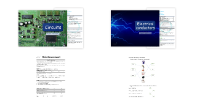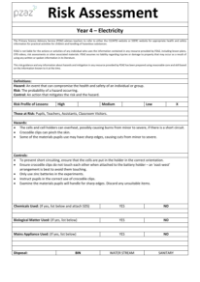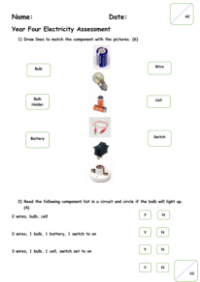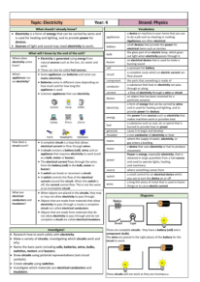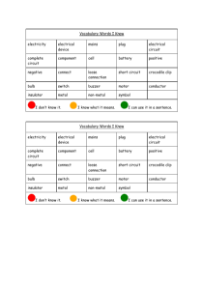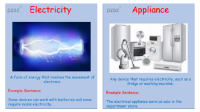Electricity - Answers

Science Resource Description
The Year Four Electricity Assessment evaluates students' understanding of basic electrical concepts and components. The first task requires students to match electrical components with their corresponding pictures, ensuring they can identify elements such as wires, cells, bulb holders, bulbs, batteries, and switches. The second task involves reading a list of components in a circuit and determining if the bulb will light up by circling 'Y' for yes or 'N' for no. This tests their ability to recognise complete and functional circuits with the correct number of wires, bulbs, cells or batteries, and switches in various configurations.
The third part of the assessment asks students to tick pictures of circuits that are complete and to circle the problems in incomplete ones, thus demonstrating their ability to troubleshoot and identify issues within electrical circuits. In the fourth task, they must draw a circuit with two bulbs, four wires, and one battery, showing their grasp of circuit design. The fifth task requires writing down the components and their quantities for a given circuit, emphasising the difference between a cell and a battery. The assessment also includes questions about electrical conductors and insulators, where students define conductors, classify materials, and explain the importance of insulating electrical wires for safety. They must also name a suitable material for insulation and describe its properties, as well as identify metals as good conductors and graphite as a non-metal conductor.

